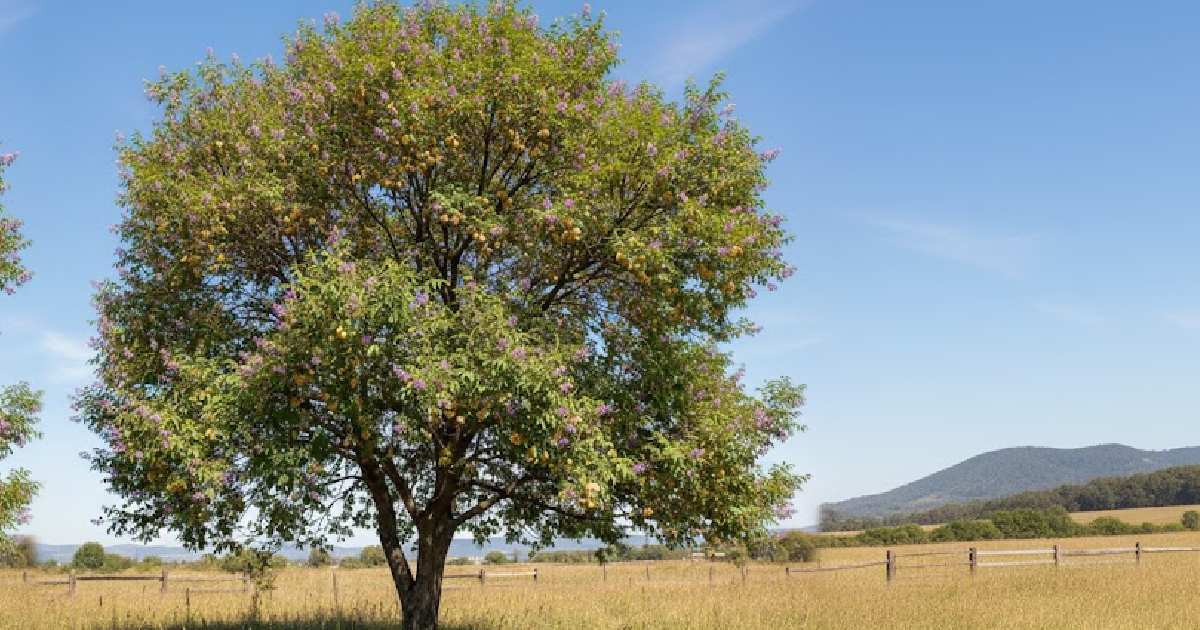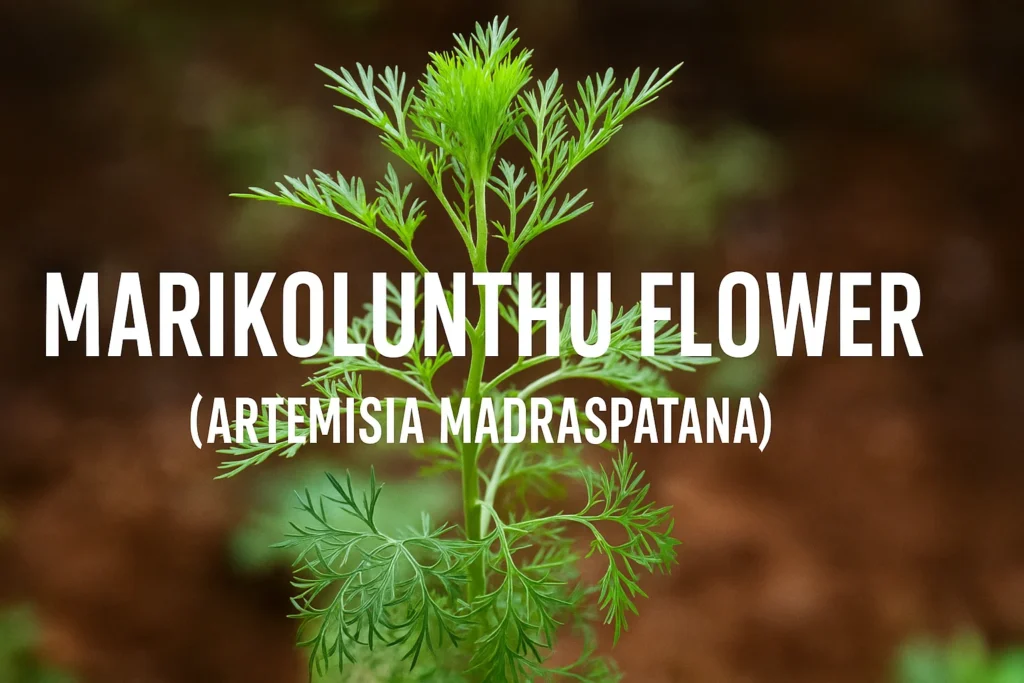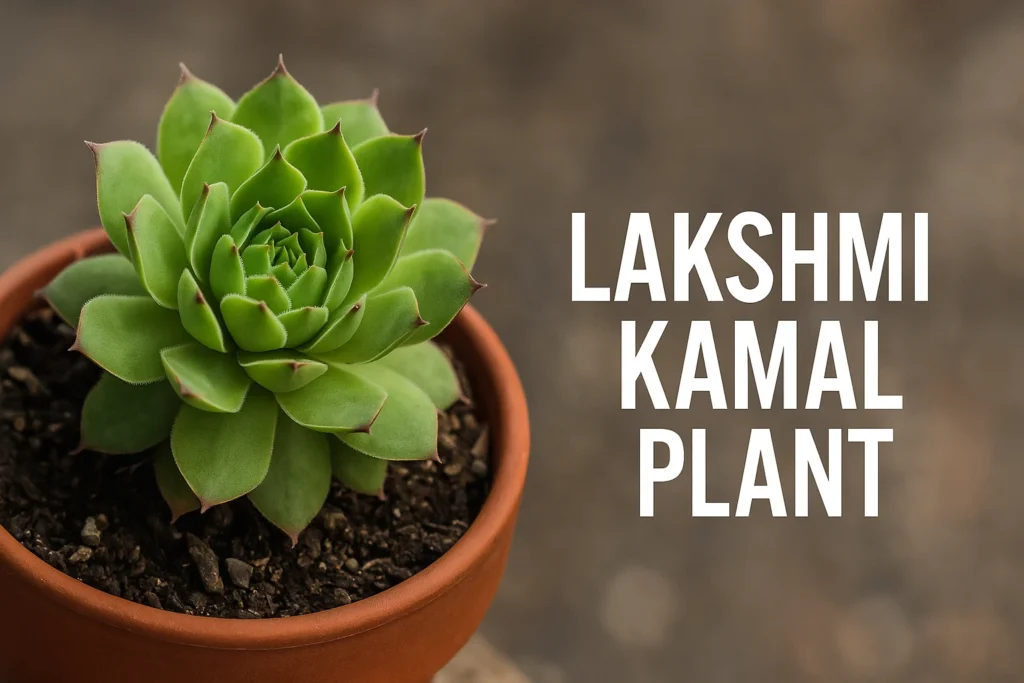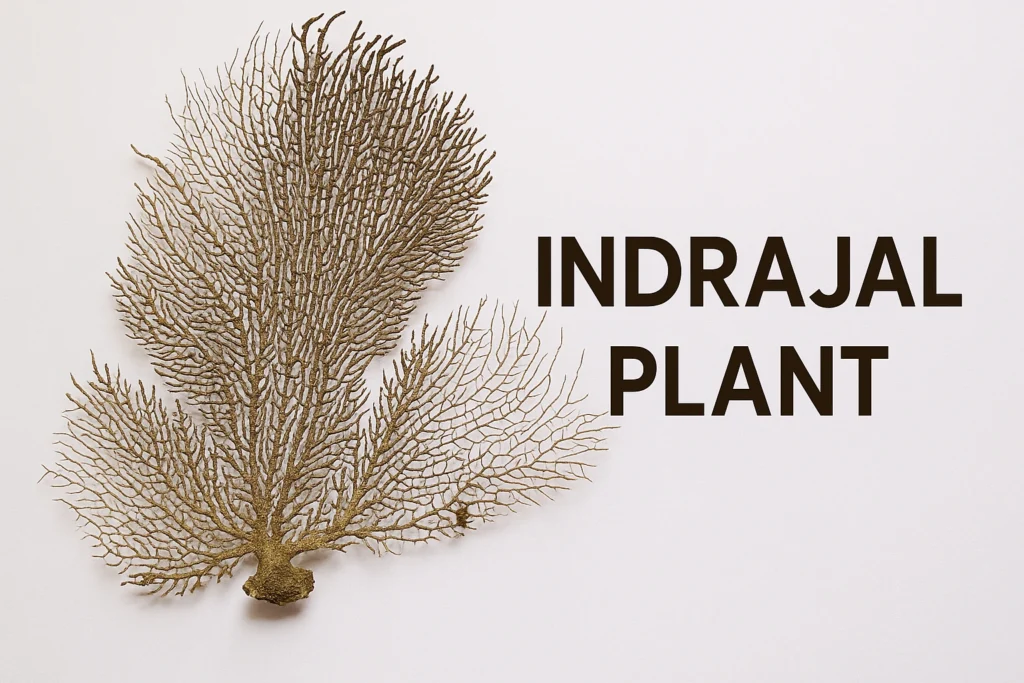If you’ve ever noticed a medium-sized tree with clusters of lilac-like flowers and yellow bead-like berries hanging well into winter, you may have met the Chinaberry tree. Also called Melia azedarach, this hardy species is loved for its shade and looks, yet it needs mindful handling. Let’s explore its Hindi name, leaf and bark features, everyday uses, and a few facts you’ll be glad you knew.
What Exactly Is the Chinaberry Tree?
Before anything else, a quick orientation. The Chinaberry tree (Melia azedarach) is a medium-sized deciduous species that you might also hear called Bakayan in Hindi, or sometimes Darek in northern India. In English, it’s also known as Persian lilac, bead-tree, or Cape lilac depending on the region. This variety in names often confuses people, which is why the botanical name is the safest to use.
It typically grows 6–15 m tall, forms a rounded canopy, and bears fragrant, star-shaped flowers followed by showy yellow drupes. In warmer regions it can self-seed freely, which is why you’ll often see it along roadsides and homesteads.
Key identifiers at a glance:
- Fragrant, pale-lilac to light purple flowers in loose clusters (spring to summer)
- Large, twice- or thrice-pinnate leaves with serrated leaflets
- Smooth grayish bark in young trees, becoming fissured with age
- Distinct, marble-like yellow fruits that persist for months
Chinaberry Tree Leaves: Look, Texture & Everyday Uses
The leaves are one of the best ID clues. They can be large (30–60 cm), divided into many leaflets with serrated edges, and arranged alternately on the twig. When crushed, the foliage carries a distinctive, somewhat pungent aroma. A few practical notes on leaves:
- Mulch & Compost: Dried leaves can be added in small amounts to compost. Balance them with plenty of carbon-rich materials such as dry leaves or shredded cardboard.
- Shade Value: The dense leaf canopy offers excellent dappled shade in hot climates, handy for understory plants that dislike harsh sun.
- Natural Look: The fine texture of the leaflets gives the tree a soft, feathery appearance, useful in ornamental landscapes.
If you’re building a water-loving corner in your garden, pairing broad shade trees with architectural plants like the umbrella palm plant can create a striking contrast in texture and height.
Chinaberry Bark, Flowers & Fruit: Identification Tips
The bark starts out smooth and gray, turning scaly or fissured as the tree ages. During late spring, trees burst into fragrant, pale-lilac flowers with a darker purple throat. By late summer to autumn, those flowers give way to glossy yellow fruits that look like tiny beads (hence the names “bead tree” or “bead-tree”).
- Bark: Gray to brown, shallowly fissured in older trunks
- Flowers: Star-shaped, 5-petaled, lightly fragrant
- Fruit: Spherical drupes that persist on the tree into winter, attractive to birds but not edible for humans or pets.
Gardeners exploring plant names in different languages often enjoy browsing broader lists like Arabic flower names, which can help you cross-reference local and regional naming traditions for better plant identification.
Chinaberry Tree Uses (With Caution)
Historically, the Chinaberry has been used for shade, ornamental planting, and even home remedies in some cultures. Modern home gardeners, however, should approach “medicinal” claims with care and consult reliable sources before use.
Common, practical uses today:
- Ornamental shade tree: Quick to establish, provides pleasant filtered light.
- Craft & décor: The hard, bead-like seeds have been used in traditional beadwork and rosaries.
- Timber (limited): Wood is light to moderate in strength, sometimes used for small carpentry, tool handles, or boxes.
- Wildlife interest: Flowers attract pollinators, fruits are eaten by some birds (though not recommended for domestic animals).
Important caution: Many parts of the plant, especially fruits and seeds, contain compounds that can be toxic to humans, dogs, cats, and livestock if ingested. Handle with care around children and pets, and dispose of prunings responsibly.
Chinaberry Tree Facts You’ll Want to Remember
A few fast facts make you sound like the garden pro on your block:
- Also called: Bakayan (Hindi), Persian lilac, bead-tree, Cape lilac (common name overlaps vary by region)
- Family: Meliaceae (same family as neem, but different species)
- Growth habit: Fast-growing, drought-tolerant once established
- Invasiveness: In some regions, Chinaberry spreads aggressively via seeds, check local guidelines before planting
- Evergreen vs. deciduous: Deciduous in most climates, may hold leaves longer in the tropics
If you’re compiling a multilingual plant index for your garden journal, resources like Kashmiri Flowers Name style posts are helpful references to map regional names to the same botanical species.
Growing, Pruning & Care: A Balanced Approach
Thinking of planting Chinaberry or managing one already on your property? Here’s a friendly, practical plan:
Site & soil
- Prefers full sun and well-drained soil
- Tolerates heat and light drought, water young trees regularly for the first 1–2 years
Water & feeding
- Once established, water deeply but infrequently
- A yearly top-up of compost is usually enough in average soils, avoid over-fertilizing
Pruning
- Prune in late winter or early spring before vigorous growth begins
- Focus on removing dead, crossing, or weak branches to maintain a single strong leader and a balanced canopy
- Do not leave long stubs, make clean cuts just outside the branch collar
Contain spread
- Remove seed clusters before they fully ripen if you’re in an area where Chinaberry self-seeds
- Mulch under the dripline to discourage volunteers
- If unwanted seedlings appear, pull them early while small
Prefer a tree with fewer spread concerns or want shade alternatives for balconies and rooftops? Scan terrace garden ideas for home for companion planting and design inspiration.
Safety & Toxicity: What to Keep in Mind
The Chinaberry’s fruits and seeds can be toxic. Symptoms of ingestion in animals may include vomiting, diarrhea, drooling, or lethargy. Keep pets and livestock away from fallen berries and never encourage children to play with or taste the fruits. When pruning, wear gloves and dispose of debris in municipal green waste rather than backyard fire pits (smoke from burning plant material can be irritating).
If you enjoy learning plant names across scripts and dialects, exploring lists such as flower names starting with N is a fun way to deepen recognition while planning your next additions.
Chinaberry Tree Bark: Texture, Age & Use Notes
Gardeners often ask how bark changes signal the tree’s age and health. As Chinaberry matures:
- Texture shifts from relatively smooth to slightly furrowed or scaly
- Color deepens from gray to a warmer brown-gray
- Health checks: Look for continuous, unbroken bark. Large, oozing cankers or deep cracks could point to stress or disease
While some traditional practices mention bark extracts, modern home use is not recommended without expert guidance. Enjoy the bark for what it is, a visual cue to age and vigor, and keep any “homemade extracts” off the to-do list.
Wrapping Up
The Chinaberry tree (Bakayan) is striking, graceful leaves, perfumed blossoms, and those unmistakable golden “beads.” With mindful pruning, careful fruit management, and clear safety practices, it can be a handsome shade tree in the right setting. If you’re designing a mixed garden with texture, fragrance, and seasonal interest, pair Chinaberry’s airy canopy with bold foliage plants and thoughtfully chosen understory, always keeping local guidelines and pet safety in mind.
Frequently Asked Questions (FAQs)
Are Chinaberry trees poisonous to cows (and other animals)?
Yes, especially the fruits and seeds can be harmful if eaten. Keep livestock and pets away from fallen berries, and promptly clean up fruit drop around paddocks and yards.
How to prune a Chinaberry tree (basic steps)?
Prune during the dormant season. Start by removing dead or diseased wood, then thin crossing branches. Aim for an open, balanced canopy with a single leader. Use clean, sharp tools and make cuts just outside the branch collar.
Where do Chinaberry trees grow naturally?
Chinaberry is native to parts of South Asia and Australasia but has been planted widely in tropical and subtropical regions around the world. In some places it naturalizes easily and can become weedy.
What are common Chinaberry tree uses at home?
Primarily for shade and ornamental value. Historically, seeds have been used for beadwork, the timber finds occasional small-scale use. Always handle fruits and seeds with caution due to toxicity.
What do Chinaberry leaves look like?
Large, compound leaves made of many serrated leaflets give the tree a feathery look. The canopy casts soft shade that’s pleasant in hot climates.













